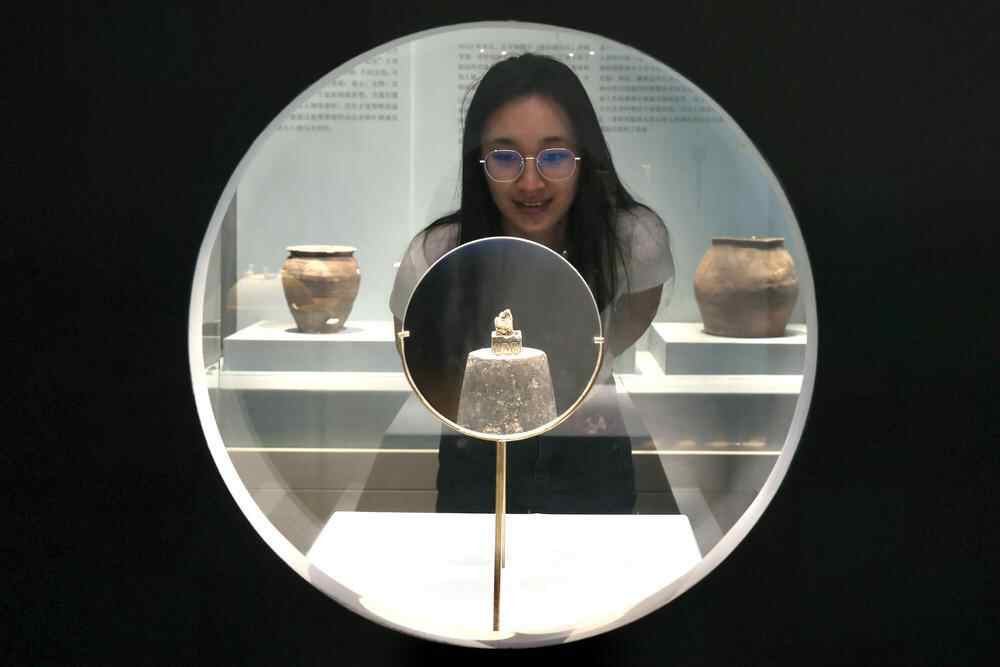
In the past year, Guangzhou has completed 446 archaeological projects, covering an area of 156.26 million square meters for investigation, 2.36 million square meters for exploration, and 17,879 square meters for excavation. Among the findings are 532 ancient tombs and 2,894 unearthed artifacts.
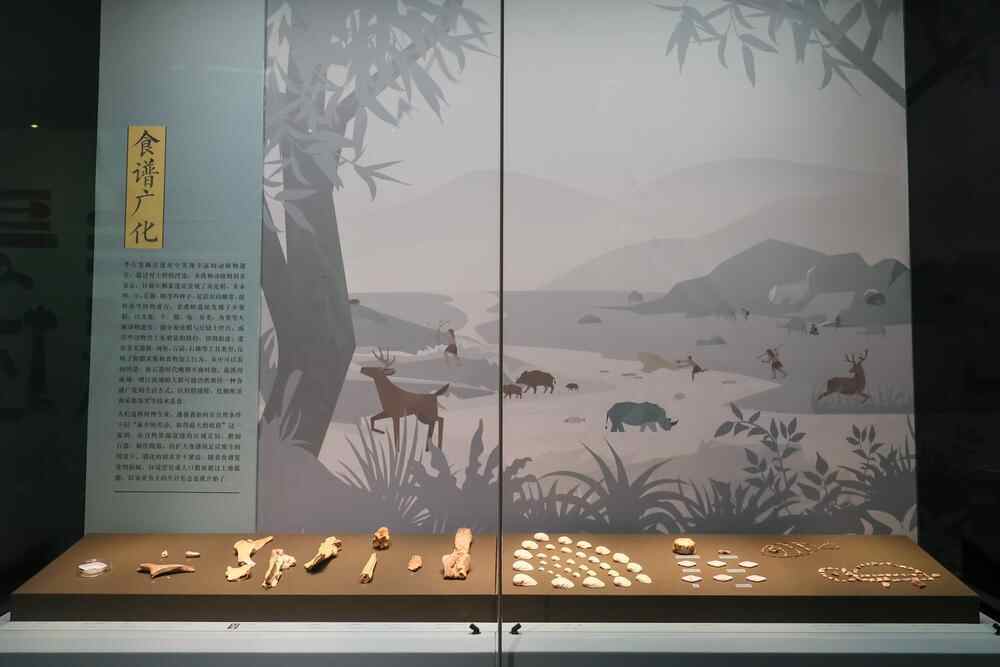
Recently, the "Tracing the History of Guangzhou: Archaeological Discoveries of 2023" exhibition opened at the Southern Han Mausoleums Museum, showcasing a large number of exquisite artifacts discovered in 2023.
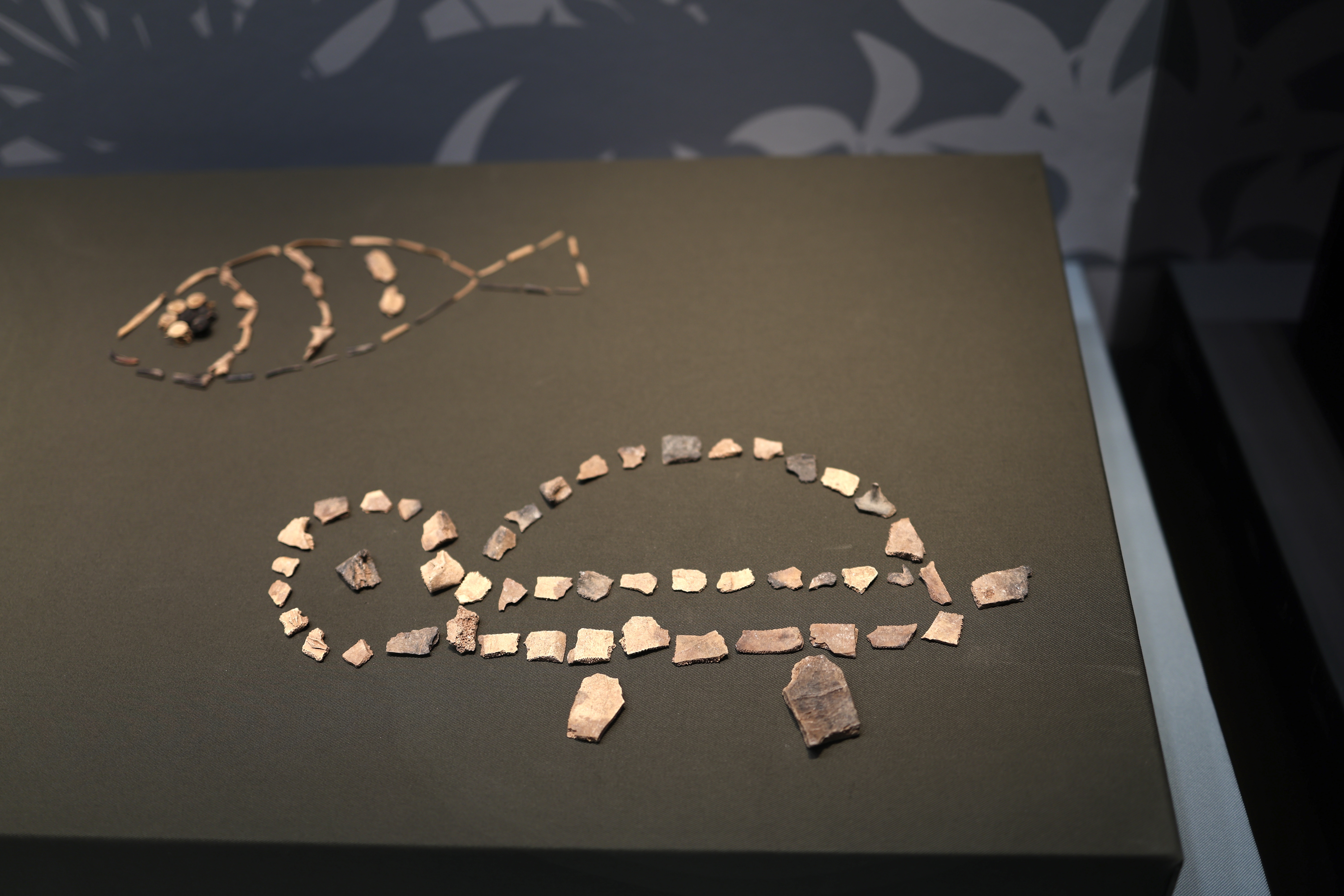
The exhibition is divided into two main parts: "Settlements Along Two Rivers" and "Journey Between Two Worlds."
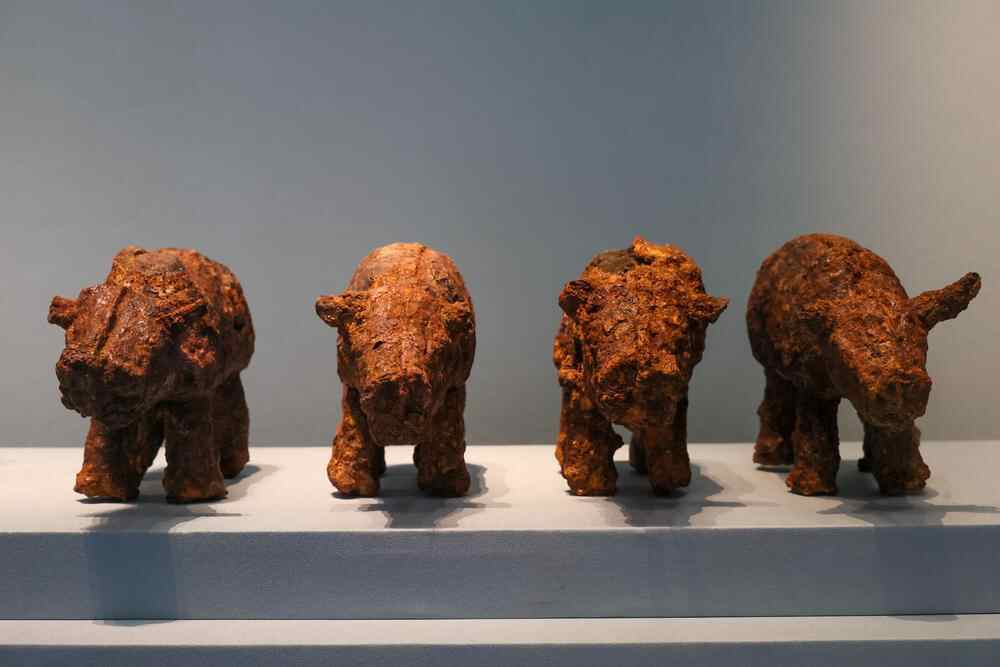
"Settlements Along Two Rivers" traces the footsteps of the ancient people of the ancient Yue civilization along the Zengjiang and Liuxi rivers, revealing how they lived and interacted with others during the late Neolithic to Shang periods.
As Chinese people regard food as paramount, to some extent, exploring the foods consumed byancient people can help recreate the social landscape of ancient civilizations. At the entrance of the exhibition, the display cabinets are filled with various animal bones, including those of water buffalo, deer, rhinoceros, freshwater fish, saltwater fish, and accumulations of shells, as well as remnants of charred rice, pea seeds, and grass seeds. These were crucial sources of protein and carbohydrates for the ancient southern Guangdong people.
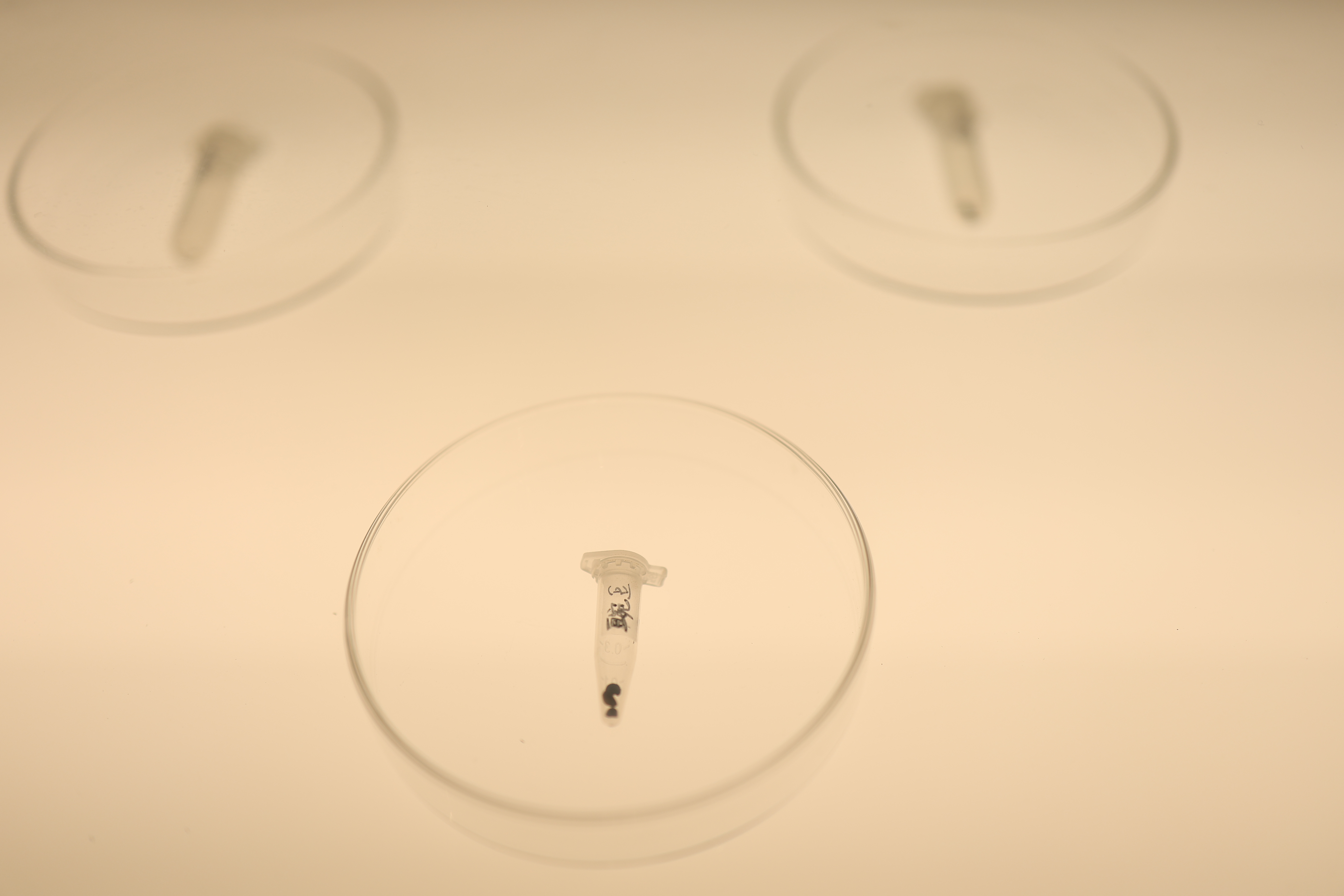
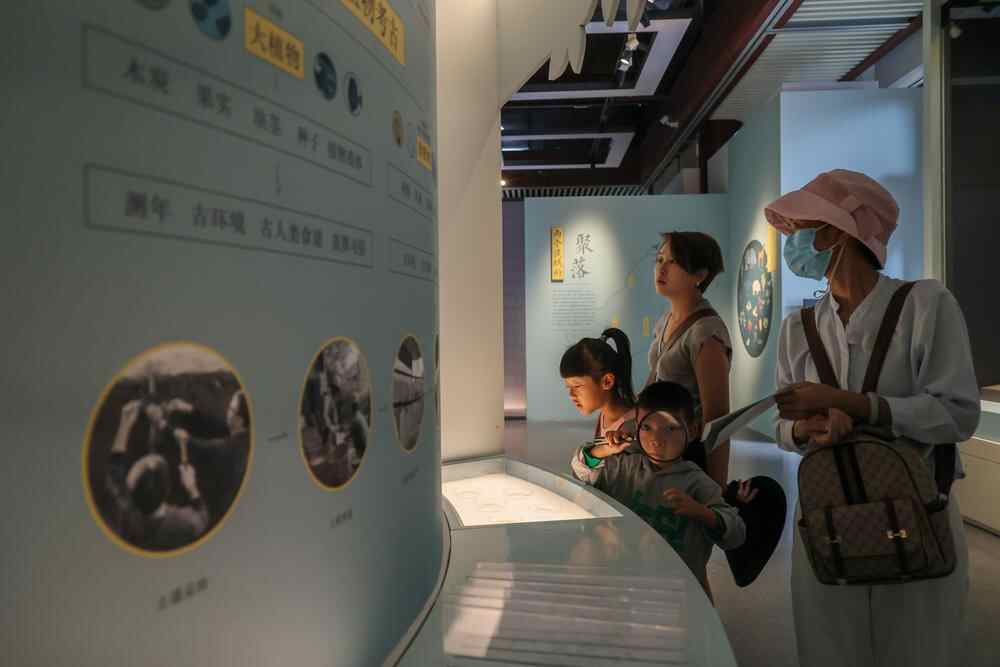
It's noted that the soil in the Guangzhou region is mostly acidic, making it difficult to find animal bones in many archaeological sites. This greatly limits researchers' understanding of ancient human diets, especially in terms of protein acquisition. However, at the Tiger Ridge site in Zengcheng, archaeologists discovered some animal bones in charcoal pits from the Shang period, some of which showed clear signs of burning and cutting. These new findings suggest that over three thousand years ago, ancient people still relied on hunting, fishing, digging roots, and gathering fruits for sustenance, indicating a diverse diet.

Exhibition staff have creatively reconstructed fish shapes from fish bone fragments, turtle shapes from turtle shells, and arranged river clam shells in a fan shape to provide visitors with a more visual understanding of the food and living environment of ancient people. As for the tiny plant remains displayed in transparent test tubes, such as pea seeds, grass seeds, and cereal seeds, require magnifying glasses to be properly observed. The smallest among them, the cereal seeds, were sifted using a sieve with apertures smaller than 0.2 millimeters.
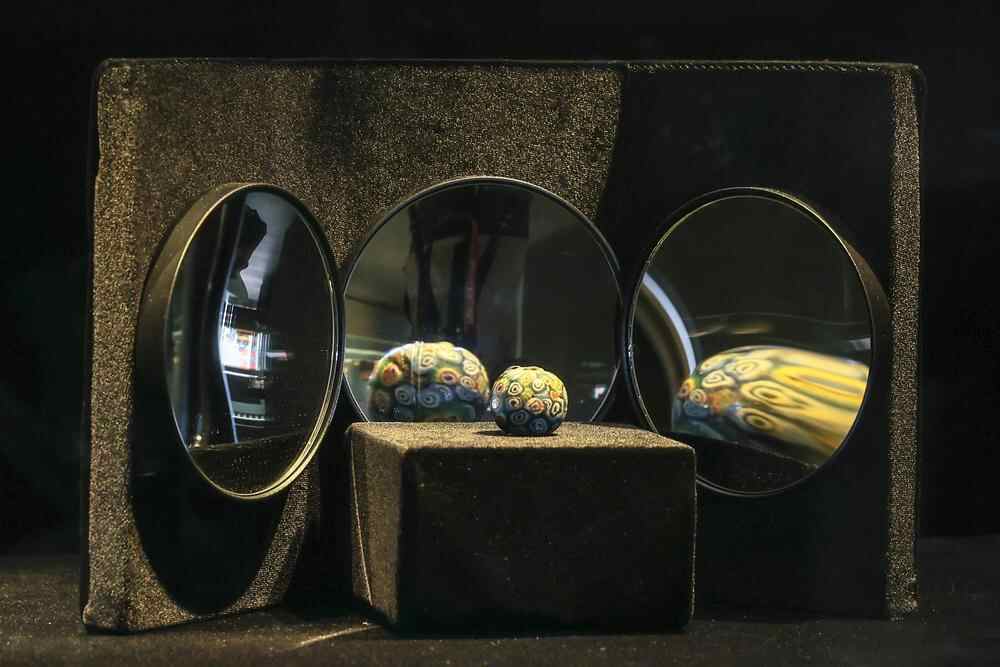
The section "Journey Between Two Worlds" examines the activity spaces, kinship identities, secular life, and ideological beliefs of the ancient inhabitants of Guangzhou through their tombs.

This year's exhibition features a more diverse range of exhibits, inadvertently creating interactions across time and space with the audience.Next to a palm-printed brick from the Eastern Han Dynasty is a sign saying "Let's clap hands together with me from two thousand years ago"; a wine-warming vessel with three figures struggling under the burdens of life is displayed with the caption "Can't bear the weight of life anymore"; a partially damaged animal-shaped pottery piece sparks endless speculation - is it a chicken? A duck? Or a bird? Visitors are encouraged to imagine and reconstruct it.
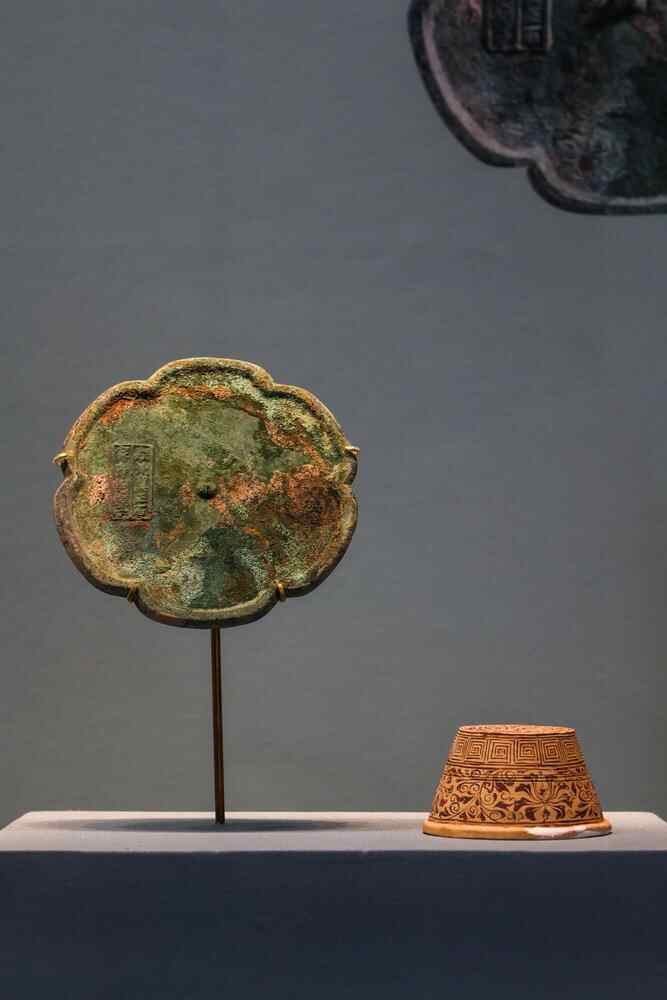
Source | Yangcheng Evening News
















